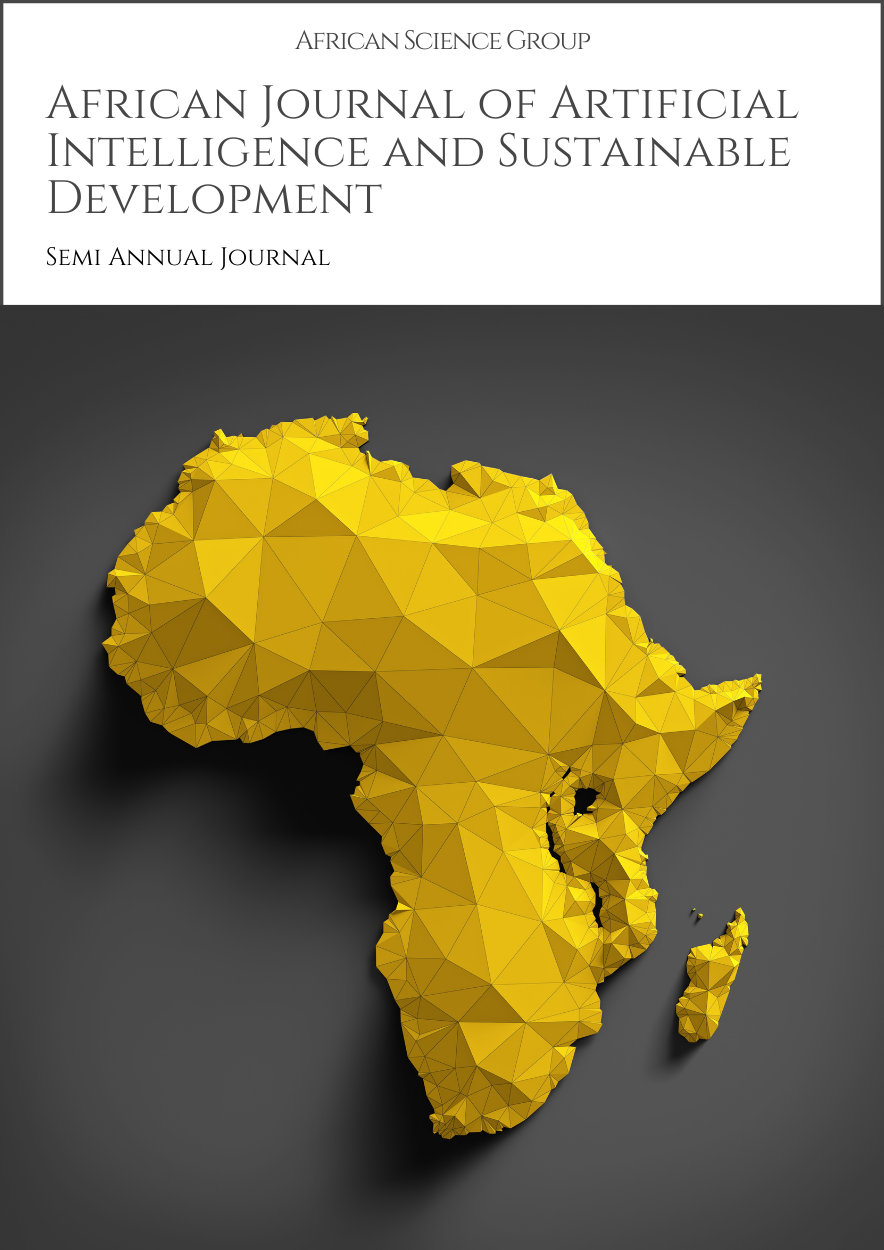Deep Learning-based Radiomics Analysis for Prognostic Prediction in Cancer: Implementing deep learning techniques for radiomics analysis to predict prognostic outcomes in cancer patients
Published 06-09-2024
Keywords
- Radiomics,
- Clinical Decision-making

This work is licensed under a Creative Commons Attribution-NonCommercial-ShareAlike 4.0 International License.
Abstract
Radiomics, an emerging field in medical imaging, focuses on extracting quantitative features from medical images to aid in clinical decision-making. With the advent of deep learning, radiomics analysis has seen significant advancements, particularly in the context of cancer prognosis prediction. This paper explores the application of deep learning-based radiomics analysis for prognostic prediction in cancer patients.
The use of deep learning in radiomics analysis offers several advantages, including the ability to automatically learn complex patterns and features from medical images, leading to improved accuracy in prognostic prediction. This paper reviews the current state-of-the-art deep learning techniques used in radiomics analysis and their application in cancer prognosis prediction.
A key challenge in cancer treatment is the ability to predict patient outcomes accurately. Traditional prognostic models often rely on clinical and histopathological features, which may not capture the full complexity of tumor behavior. Radiomics-based approaches, coupled with deep learning, provide a non-invasive and quantitative method to extract a large number of imaging features, which can be used to develop predictive models for cancer prognosis.
This paper discusses the various steps involved in deep learning-based radiomics analysis, including image acquisition, preprocessing, feature extraction, and model development. It also examines the importance of data quality and quantity in training deep learning models for radiomics analysis.
Furthermore, this paper explores the potential clinical applications of deep learning-based radiomics analysis in cancer prognosis prediction, including its role in personalized medicine and treatment planning. It also discusses the challenges and limitations of using deep learning in radiomics analysis, such as the need for large annotated datasets and the interpretability of deep learning models.
In conclusion, deep learning-based radiomics analysis holds great promise for improving prognostic prediction in cancer patients. By leveraging the power of deep learning to extract and analyze imaging features, radiomics-based approaches can provide valuable insights into tumor behavior and help clinicians make more informed decisions regarding patient care.
Downloads
References
- Saeed, A., Zahoor, A., Husnain, A., & Gondal, R. M. (2024). Enhancing E-commerce furniture shopping with AR and AI-driven 3D modeling. International Journal of Science and Research Archive, 12(2), 040-046.
- N. Pushadapu, “AI-Driven Solutions for Seamless Integration of FHIR in Healthcare Systems: Techniques, Tools, and Best Practices ”, Journal of AI in Healthcare and Medicine, vol. 3, no. 1, pp. 234–277, Jun. 2023
- Chen, Jan-Jo, Ali Husnain, and Wei-Wei Cheng. "Exploring the Trade-Off Between Performance and Cost in Facial Recognition: Deep Learning Versus Traditional Computer Vision." Proceedings of SAI Intelligent Systems Conference. Cham: Springer Nature Switzerland, 2023.
- Alomari, Ghaith, et al. “AI-Driven Integrated Hardware and Software Solution for EEG-Based Detection of Depression and Anxiety.” International Journal for Multidisciplinary Research, vol. 6, no. 3, May 2024, pp. 1–24.
- Saeed, Ayesha, et al. "A Comparative Study of Cat Swarm Algorithm for Graph Coloring Problem: Convergence Analysis and Performance Evaluation." International Journal of Innovative Research in Computer Science & Technology 12.4 (2024): 1-9.

